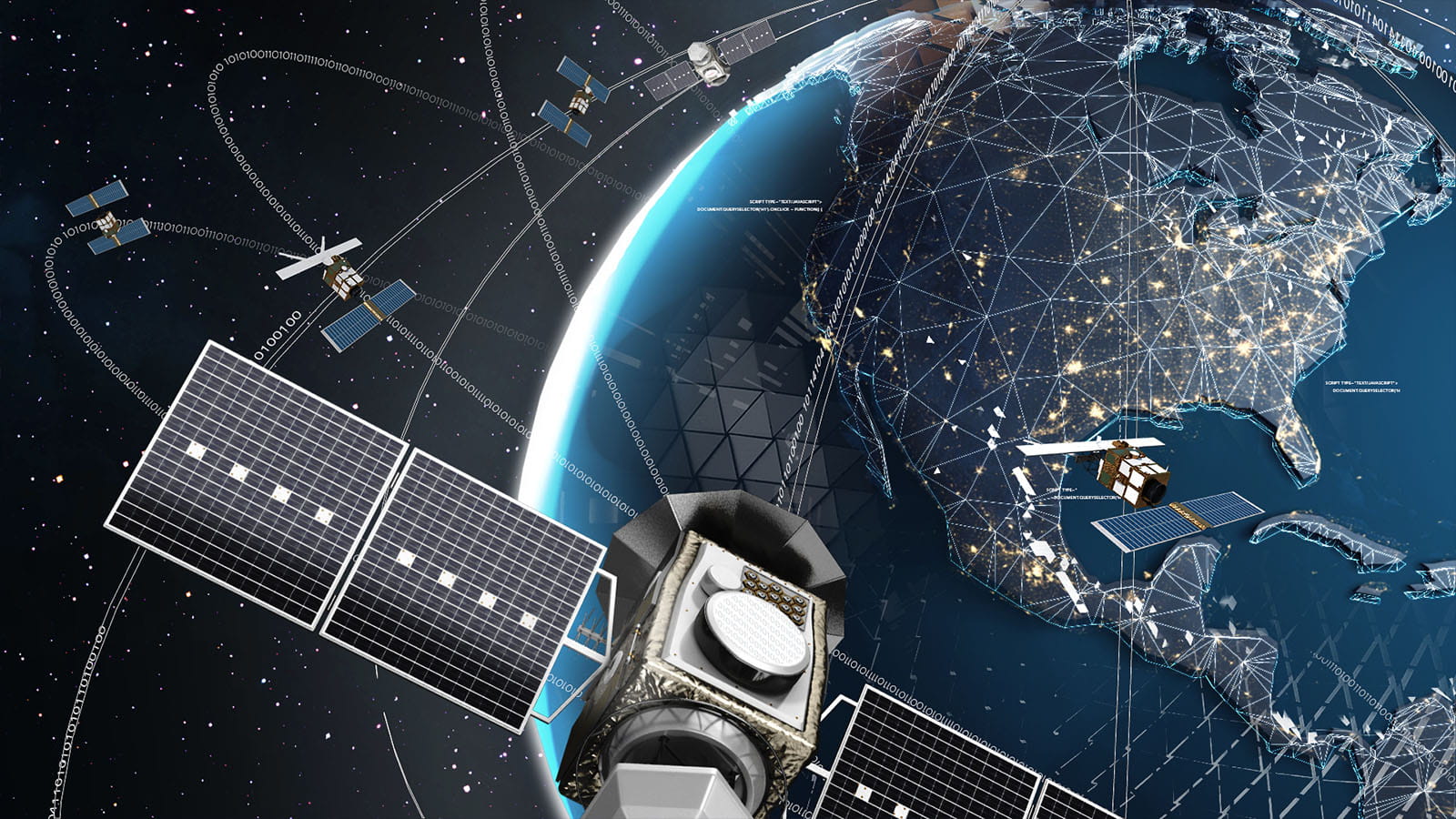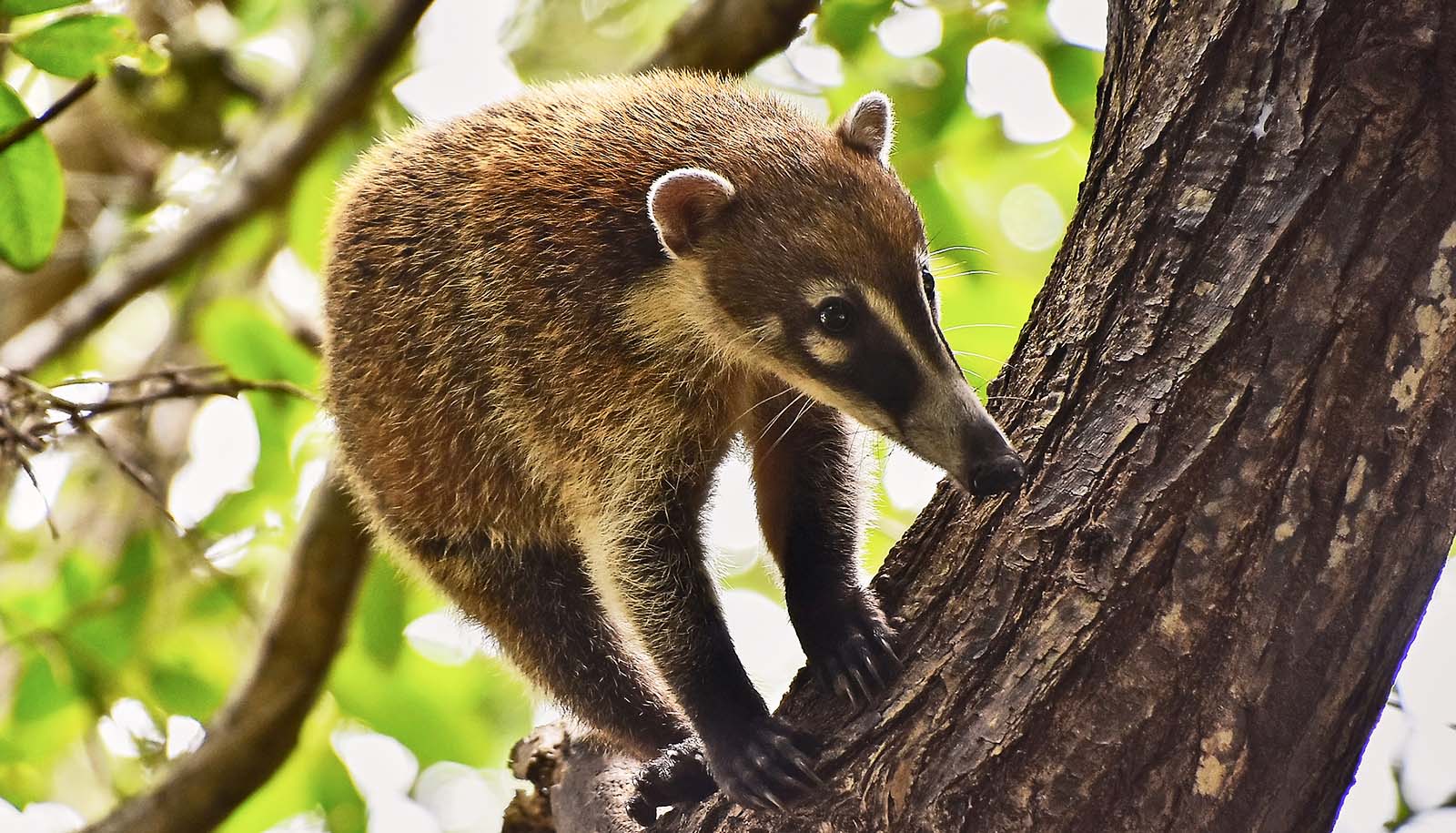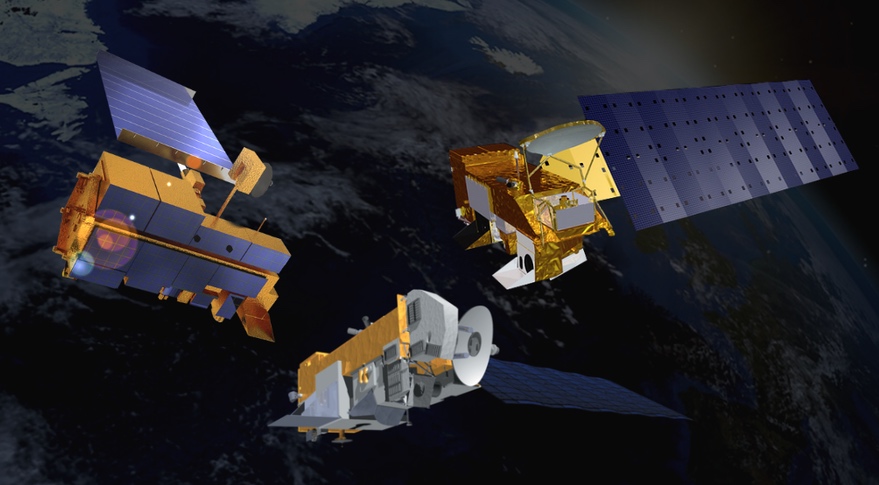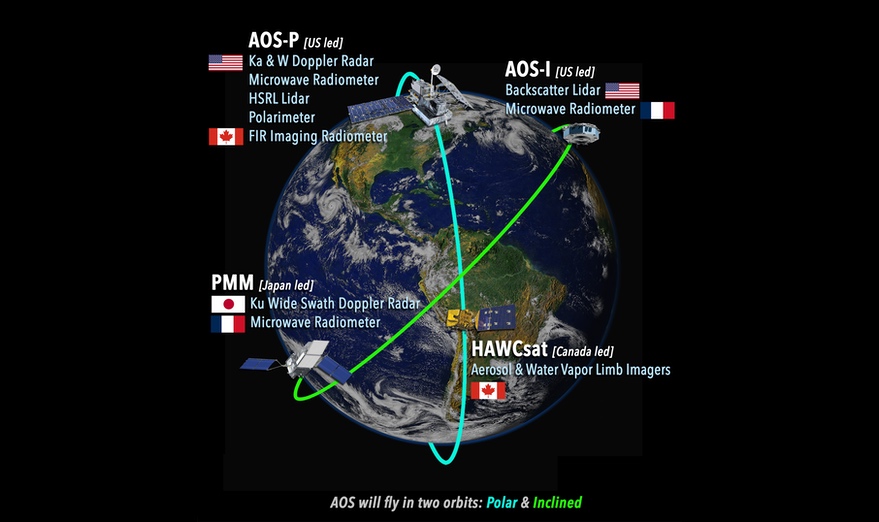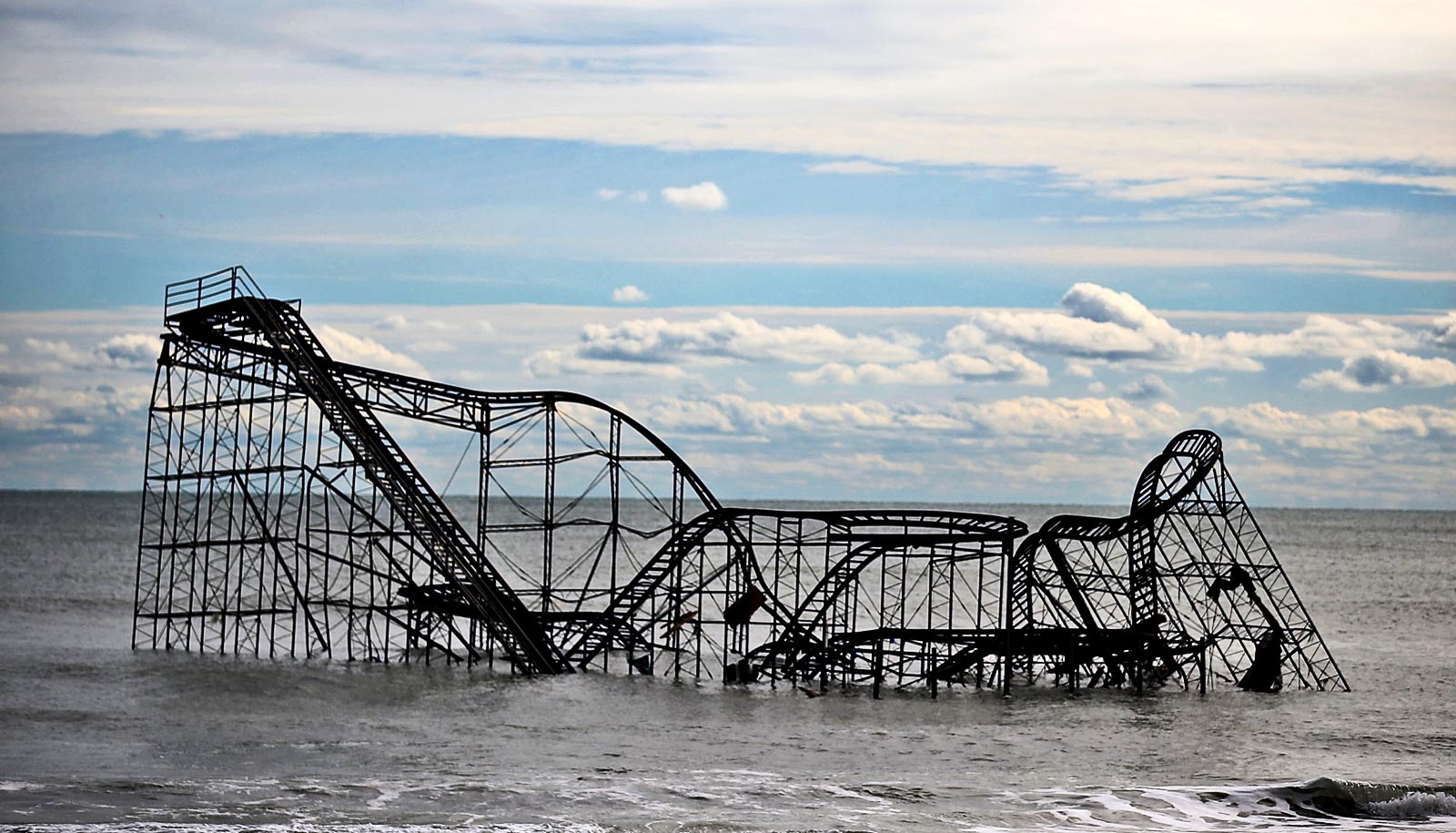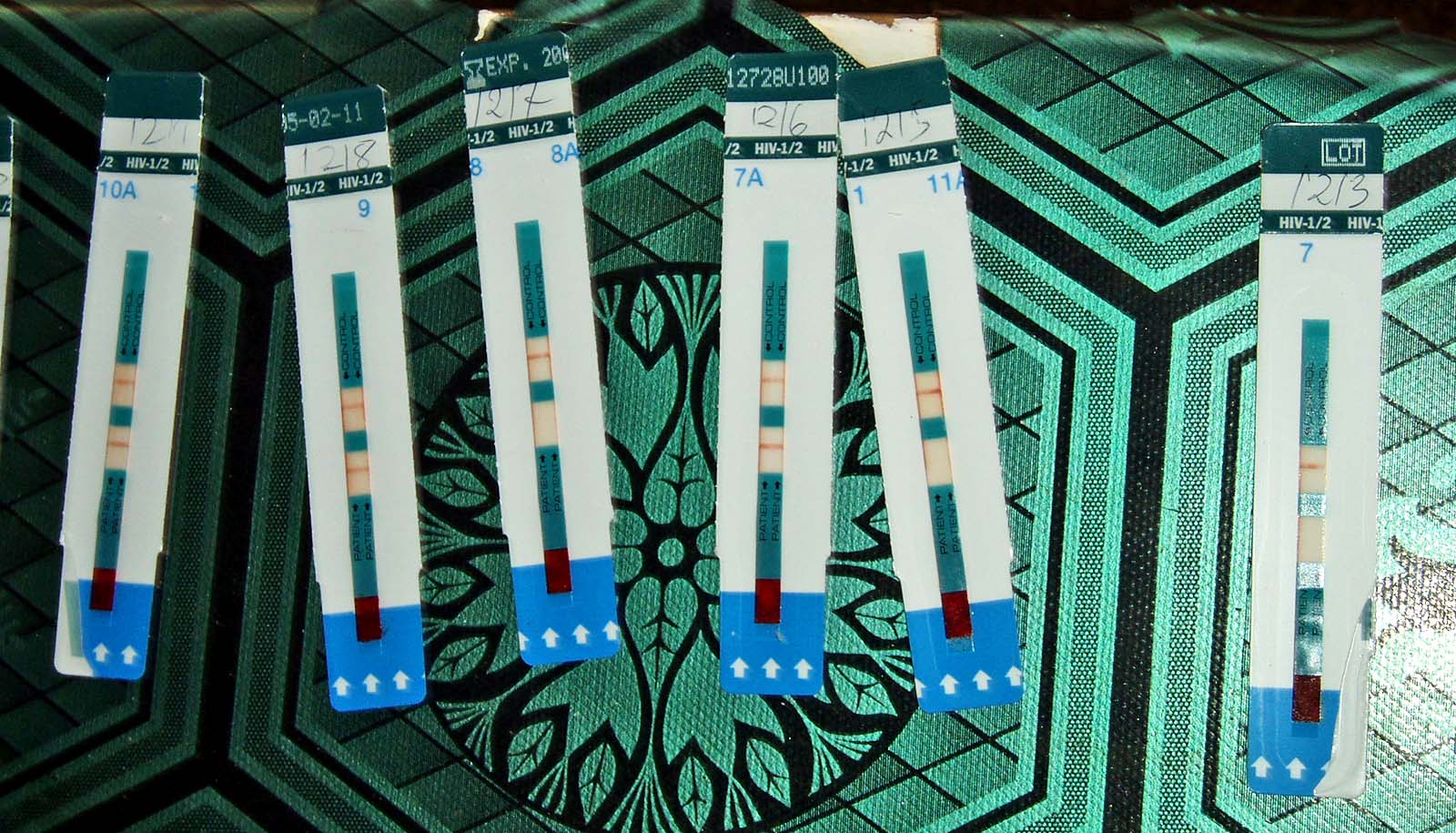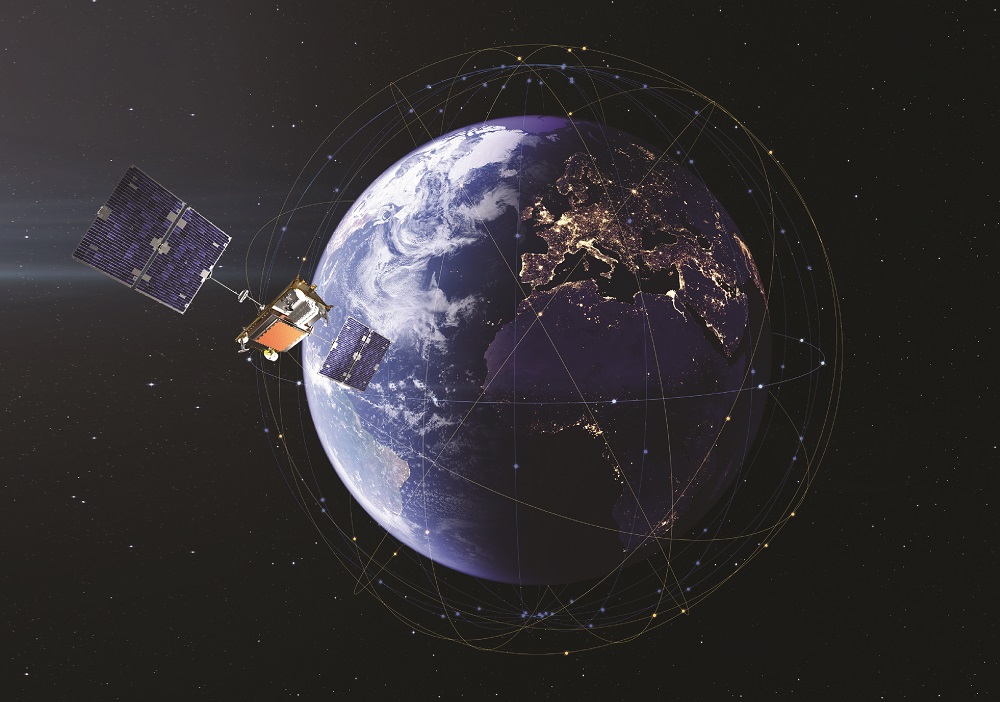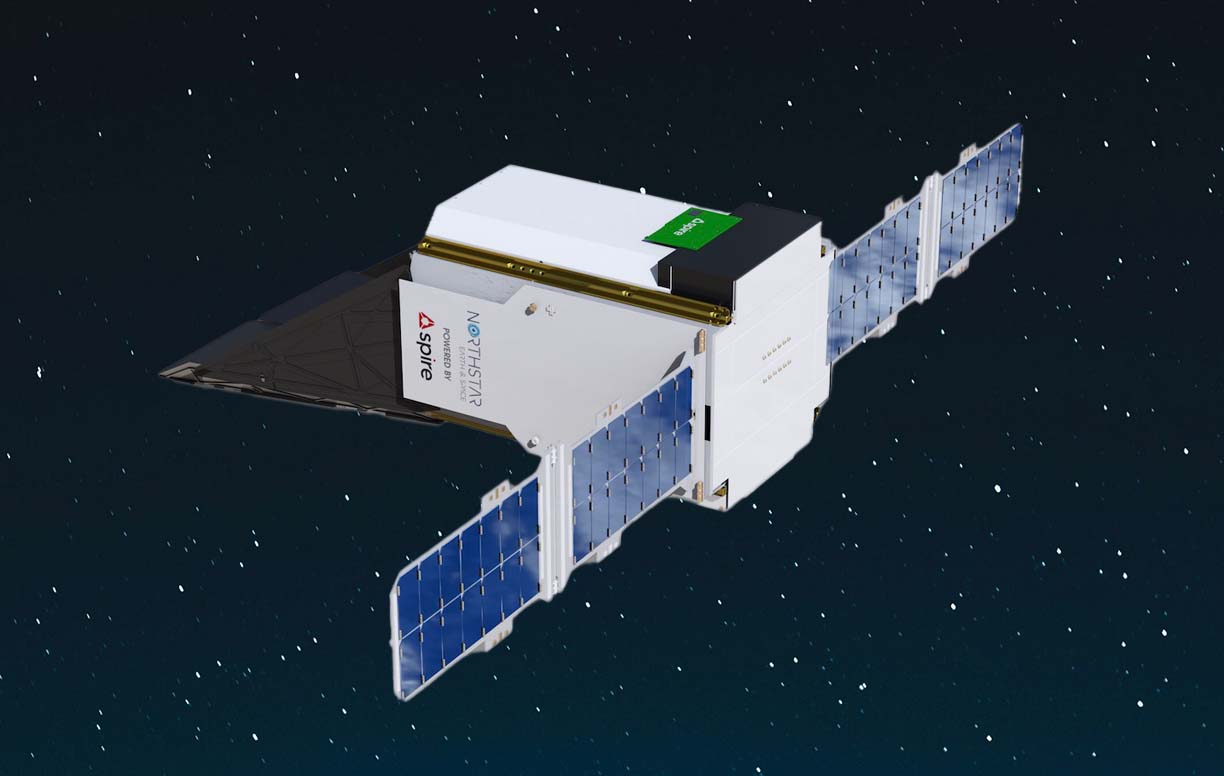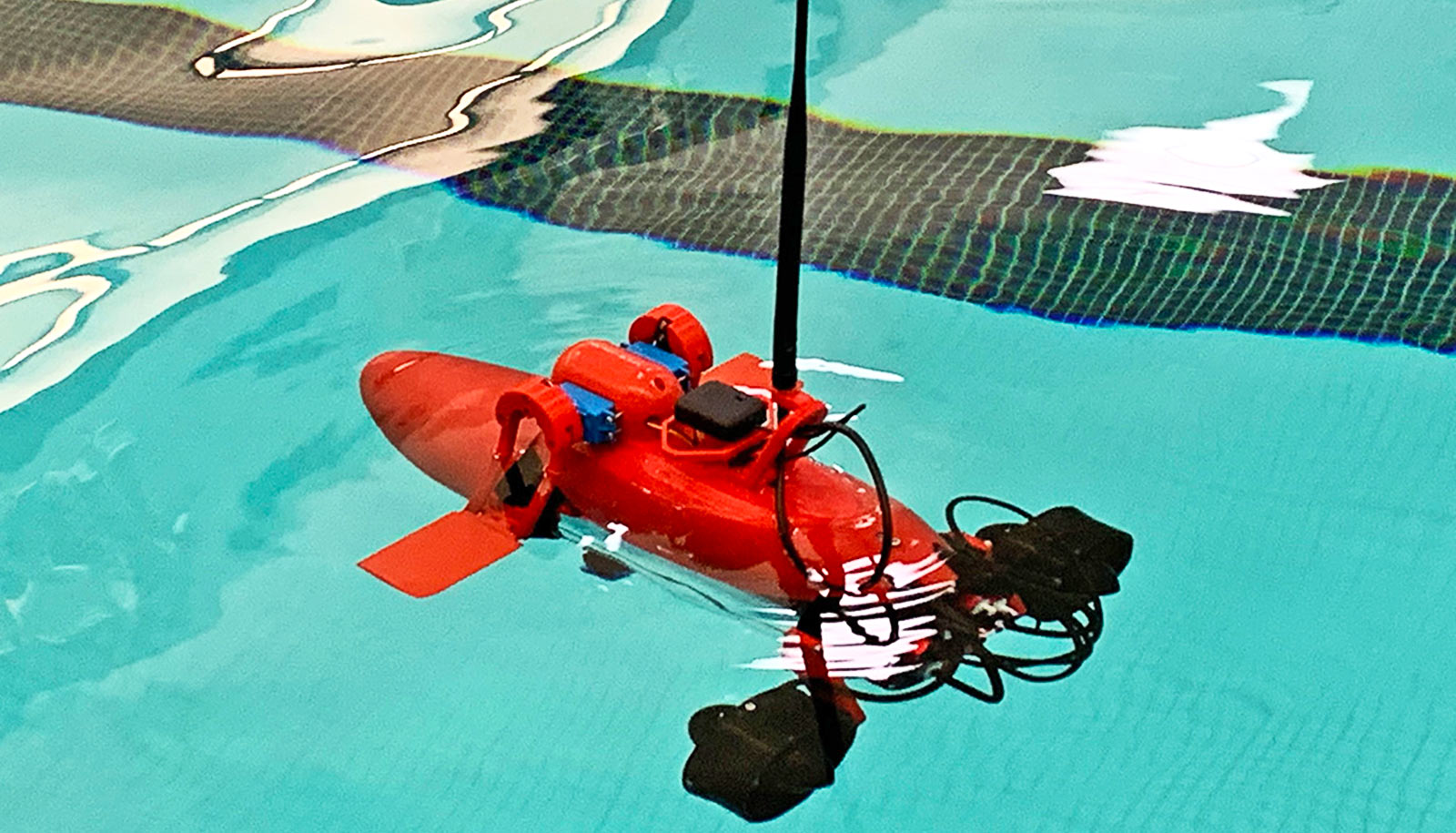Share this
Article
You are free to share this article under the Attribution 4.0 International license.
A new type of active pixel sensor that uses a novel 2D-material may enable ultra-sharp cell phone photos and create a new class of extremely energy-efficient Internet of Things sensors, researchers say.
“When people are looking for a new phone, what are the specs that they are looking for?” says Saptarshi Das, associate professor of engineering science and mechanics at Penn State and lead author of the paper in Nature Materials.
“Quite often, they are looking for a good camera, and what does a good camera mean to most people? Sharp photos with high resolution.”
Most people just snap a photo of a friend, a family gathering, or a sporting event, and never think about what happens “behind the scenes” inside the phone when one snaps a picture. There is quite a bit happening to enable you to see a photo right after you take it, and this involves image processing, Das says.
“When you take an image, many of the cameras have some kind of processing that goes on in the phone, and in fact, this sometimes makes the photo look even better than what you are seeing with your eyes. These next generation of phone cameras integrate image capture with image processing to make this possible, and that was not possible with older generations of cameras.”
However, the great photos in the newest cameras have a catch—the processing requires a lot of energy.
“There’s an energy cost associated with taking a lot of images,” says Akhil Dodda, a graduate research assistant at Penn State at the time of the study who is now a research staff member at Western Digital, and co-first author of the study.
“If you take 10,000 images, that is fine, but somebody is paying the energy costs for that. If you can bring it down by a hundredfold, then you can take 100 times more images and still spend the same amount of energy. It makes photography more sustainable so that people can take more selfies and other pictures when they are traveling. And this is exactly where innovation in materials comes into the picture.”
Low light phone photos
The innovation in materials outlined in the study revolves around how the researchers added in-sensor processing to active pixel sensors to reduce their energy use. So, they turned to a novel 2D material, which is a class of materials only one or a few atoms thick, molybdenum disulfide. It is also a semiconductor and sensitive to light, which makes it ideal as a potential material to explore for low-energy in-sensor processing of images.
“We found that molybdenum disulfide has very good photosensitive response,” says Darsith Jayachandran, graduate research assistant in engineering and mechanics and co-first author of the study. “From there, we tested it for the other properties we were looking for.”
These properties included sensitivity to low light, which is important for the dynamic range of the sensor. The dynamic range refers to the ability to “see” objects in both low light such as moonlight and bright light such as sunlight. The human eye can see stars at night better than most cameras due to having superior dynamic range.
Molybdenum disulfide also demonstrated strong signal conversion, charge-to-voltage conversion and data transmission capabilities. This makes the material an ideal candidate to enable an active pixel sensor that can do both light sensing and in-sensor image processing.
“From there, we put the sensors into an array,” Jayachandran says. “There are 900 pixels in a nine square millimeter array we developed, and each pixel is about 100 micrometers. They are much more sensitive to light than current CMOS sensors, so they do not require any additional circuitry or energy use. So, each pixel requires much less energy to operate, and this would mean a better cell phone camera that uses a lot less battery.”
Internet of Things benefits
The dynamic range and image processing would enable users to take sharp photos in a variety of adverse conditions for photography, according to Das.
“For example, you could take clearer photos of friends outside at night or on a rainy or foggy day,” Das says. “The camera could do denoising to clear up the fog and the dynamic range would enable say a night photo of a friend with stars in the background.”
Along with enabling a top-rate phone camera in the future, the team also envisions their improved sensor technology could have other applications. This would include better light sensors for Internet of Things (IoT) and Industry 4.0 applications.
Industry 4.0 is the term for a growing movement that combines traditional industry practices and cutting-edge digital technology such as the Internet of Things, cloud data storage, and artificial intelligence/machine learning. The goal is to improve manufacturing by developing more efficient processes and practices through intelligent automation, and sensors are key.
“Sensors that can see through machines while in operation and identify defects are very important in the IoT,” Dodda says. “Conventional sensors consume a lot of energy so that is a problem, but we developed an extremely energy efficient sensor that enables better machine learning, etc. and saves a lot in energy costs.”
The Department of Defense and the National Science Foundation supported the work.
Source: Penn State

